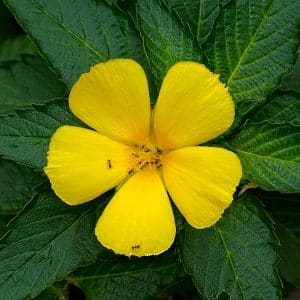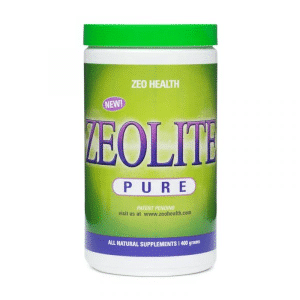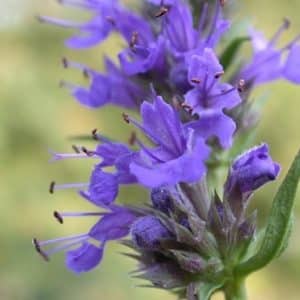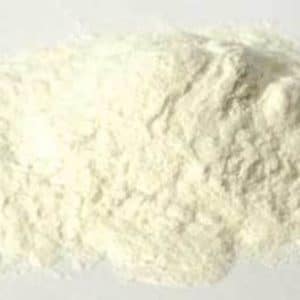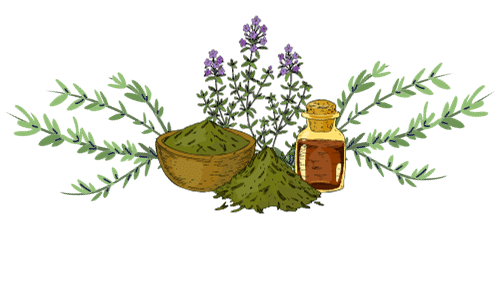Botanical and Common Names
Indigenous to Europe and Africa, the dock varieties now grow wild in many regions of the world, thriving on dumps, roadsides, and in ditches. It is a perennial, growing from one to five feet with curled, lance-shaped leaves which alternate along the stem reaching lengths of up to ten inches. It has spikes of small, reddish, woody fruits. The plant turns a striking rust-red in the fall and during the winter. The dead stalks and heavy seed panicles at the top of the stem are easily recognizable. The reddish-brown root is shaped something like a carrot; and, inside, the colour is a yellowish-orange. The darker the yellow, the stronger the medicinal qualities of the root. The root is dug up in autumn, chopped, and dried.
In the past, the leaves were eaten as a spring tonic, but now only the root is used. It was also used as a salad vegetable and a cooked green.
The early settlers to North America quickly learned about poison ivy. One old-time cure was boiled yellow burdock mixed with vinegar and applied to the sores.
The Iroquois used tea made from the roots to treat upset stomach, kidney problems, and general bowel problems. Many tribes, including the Blackfoot, Paiute, and Shoshone, used the herb topically by applying the mashed root to sores and swellings.
Sorrel is an ingredient of a Native American anticancer remedy known as Essiac, which also includes burdock, slippery elm, and Chinese rhubarb. Western herbalists learned of it early in the 20th century when a Canadian nurse observed the recovery of a breast cancer patient who had used the formula some twenty years previously. This nurse began using it with great success; and, despite attempts to extract the formula for financial gain, she stood firm in giving it out to whomever needed it without charge. Despite the successful treatments, no proper clinical trials have ever been undertaken when it was understood that it could not be exploited.
Apparently, the shape and reddish colour of the root must have reminded someone of a cow s tongue and thereby named it Lengua de vaca .
The Aztecs called it atlinan , meaning its mother is water . This referred to the plant s preferance in growing in streambeds. They also called it axixpatlicóztic , meaning yellow urine medicine, which referred to its use as a diuretic.
In a 1629 treatise entitled Heathen Superstitions That Today Live Among the Indians Native to This New Spain, a cleric described an Aztec remedy using the herb in an enema to treat stomachache and fever. The roots and leaves were also ground and sprinkled on wounds and sores.
In Europe, the herb has been used as a purgative since the time of the ancient Greeks. Dock leaves were also used to treat scrofulous sores, sore eyes, and glandular swellings. To cure itchy skin, the leaves were bruised, mixed with butter, lard, or cream, and placed on the area.
The Mennonites used the plant as a blood purifier and treated many liver ailments with it.
Ancient Arab physicians recommended the plant for hepatitis and poor digestion.
Although considered by many to be another useless weed, it is one often targeted by herbicide producers, along with other medicinal weeds , including the dandelion and burdock.
Key Actions
Key Components
